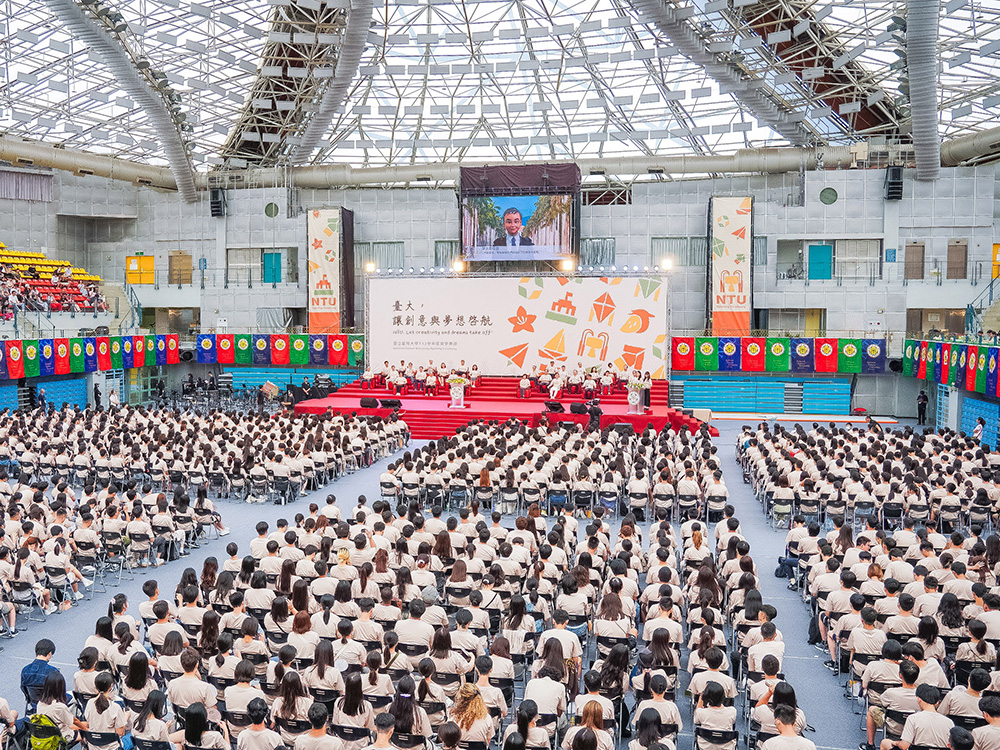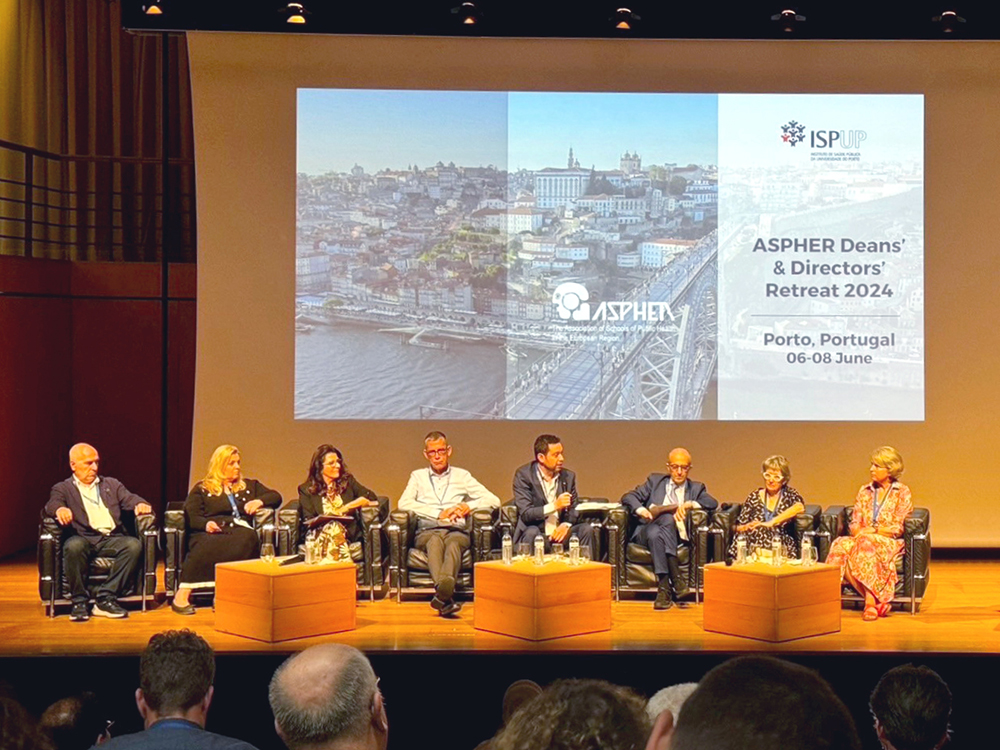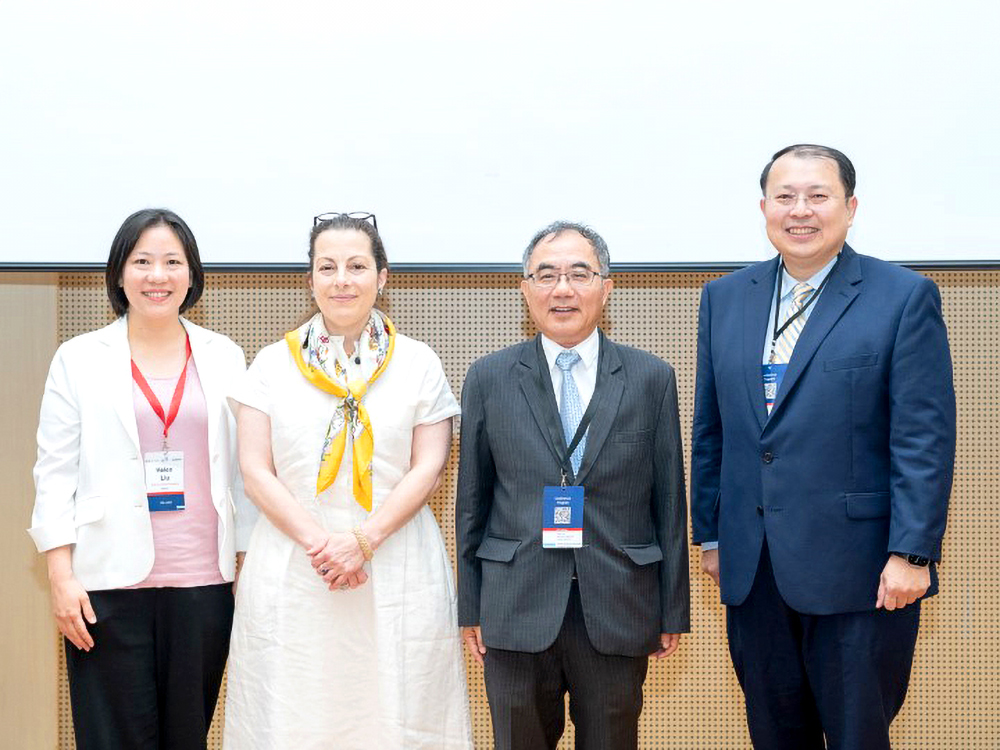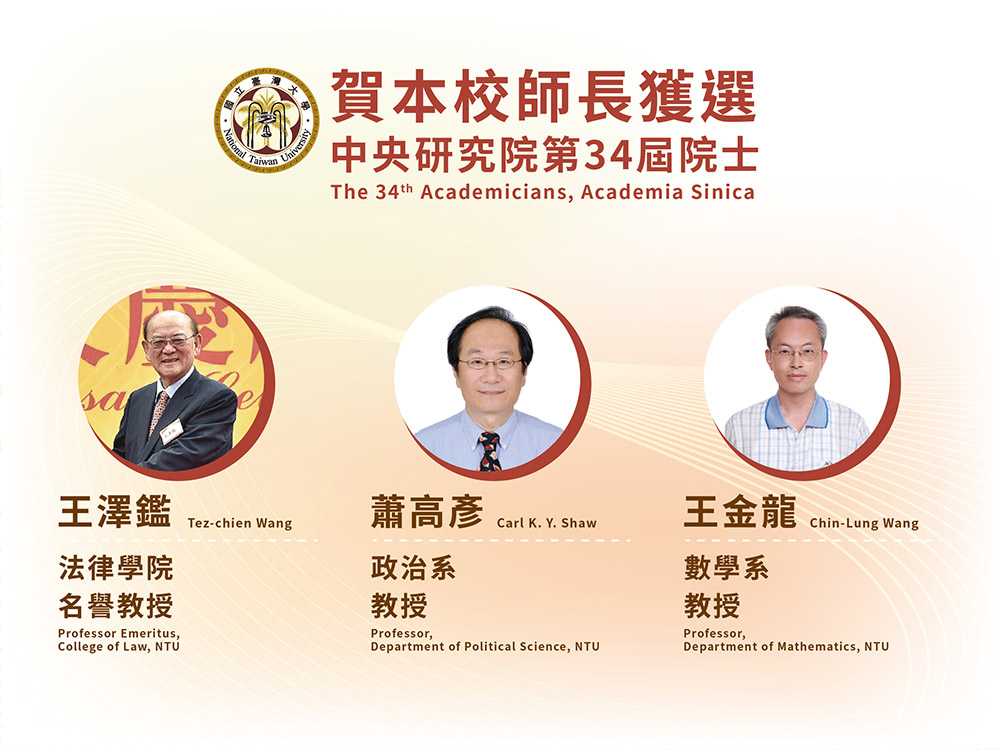
NTU Opening Ceremony: “Where Creativity and Dreams Take Flight”
瀏覽器版本過舊,或未開啟 javascript
請更新瀏覽器或啟用 javascript
Spotlights
NTU Department of Geosciences Prof. Chuan-Chou Shen posing with the samples of a Porites (right) and a Platygyra (left) coral.
The Leluh tombs are situated in the north-eastern region of Micronesia’s Island of the Sleeping Lady.
Truncated coral pyramid tombs.(A) Inol-1. (B) Twin tomb 1—Lūrūn. (C) Twin tomb 2—Bat. (D) General shape and dimensions of the Insaru tombs and crypts.
Image of the various types of corals on the reefs of the island where the tombs are situated. Legend has it that the corals were transported to the tombs by hand.
(A) Location of Kosrae in the north-west Pacific Ocean. (B) Map of Kosrae with the Leluh ruins. (C) General schematic of ancient Leluh city. (D) Enlarged map of tombs.
A recent study has found that the world’s only coral pyramidal tombs, which are located in Kosrae, Micronesia, date back to 700 years ago. This is at least three centuries ahead of what was previously estimated, according to an international research team to which National Taiwan University’s Prof. Chuan-Chou Shen (沈川洲) belongs. The findings, which were published in the journal Science Advances, re-established the importance that the coral pyramids represent in terms of human civilization as well as geological research. The research was led by Dr. Zoe T. Richards of the Western Australian Museum.
The tradition of building pyramids dates back to some 6,000 years ago and is found among several civilizations across the globe. These pyramids often served as tombs for royalty and were built using abiotic materials such as stone, soil, or clay. The Leluh tombs of Micronesia are the world’s only pyramids constructed using biotic coral, and the date and means by which they were built had remained a myth since their discovery.
In the study, Prof. Shen and his team utilized the Uranium-thorium dating technique developed by NTU’s Department of Geosciences to analyze the dates of the three sacred Leluh tombs. In analyzing the oceanic material, the team discovered that the tombs were created in the 14th century around 600 to 700 years ago. Not only does the new discovery predate previous estimations by at least 300 to 500 years, the team also found evidence of 4,000 to 6,000 year-old fossil corals within the tomb’s structures, refuting previous arguments that only live corals were used in these tombs.
According to oral history, locals built the tombs by forming a queue between the tomb’s location and the coastal reef so that live coral material could be relayed to the construction site. This is why the tombs are made up of tens of thousands of coral stones measuring up to several decimals in centimeters. Unlike the pyramidal tombs from other parts of the world, the Leluh tombs are open and accessible from a truncated top that features an up to 2 by 4 meter dent. The reason, as legend has it, is that the tomb was used only as a temporary burial site and the body was placed inside the dent for praying and worshiping purposes during the king’s funeral. After a few months, the royal bones would be relocated and buried in a deep hole on a reef nearby. This also explains why, unlike tombs from other cultures, the Leluh tombs were constructed with a biotic material.
These tales, however, have never been validated with substantial scientific evidence until now.
In a previous study, the remains of a 50-year-old male estimated to have lived between the 1800s was found in one of the tombs. Previous researchers subsequently concluded that the tombs were built around 200 years ago. As precise analysis of the coral has shown that the tombs were built in the 14th century, Prof. Shen’s team deduced that the 19th century body had belonged to the last king to have practiced the ancient burial ceremony. While the reason as to why the remains were not relocated is unknown, the findings validate previous tales that the tombs were reused as temporary burial sites.
Prof. Shen points out that the research was completed with financial support from NTU and the Ministry of Science and Technology over the course of three years. To read the full paper, please click HERE .

NTU Opening Ceremony: “Where Creativity and Dreams Take Flight”

Prof. Wei-Shiung Yang wins MOE National Excellent Teacher Award

NTU College of Public Health's Global Health Program Joins the Association of Schools of Public Health in the European Region

NTU hosts a successful dg.o 2024

Congratulations to NTU faculty members elected as 34th AS academicians
Current Spotlights